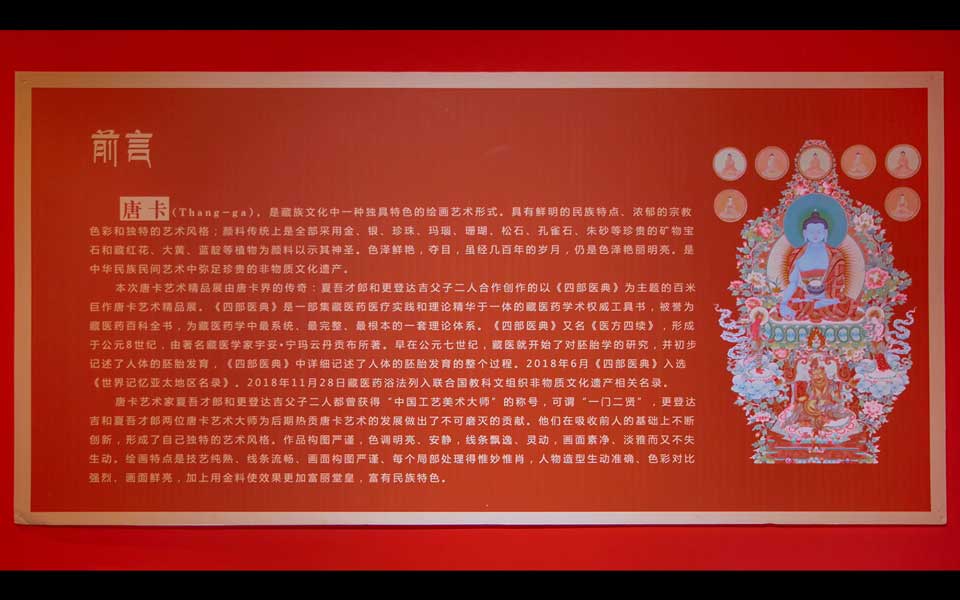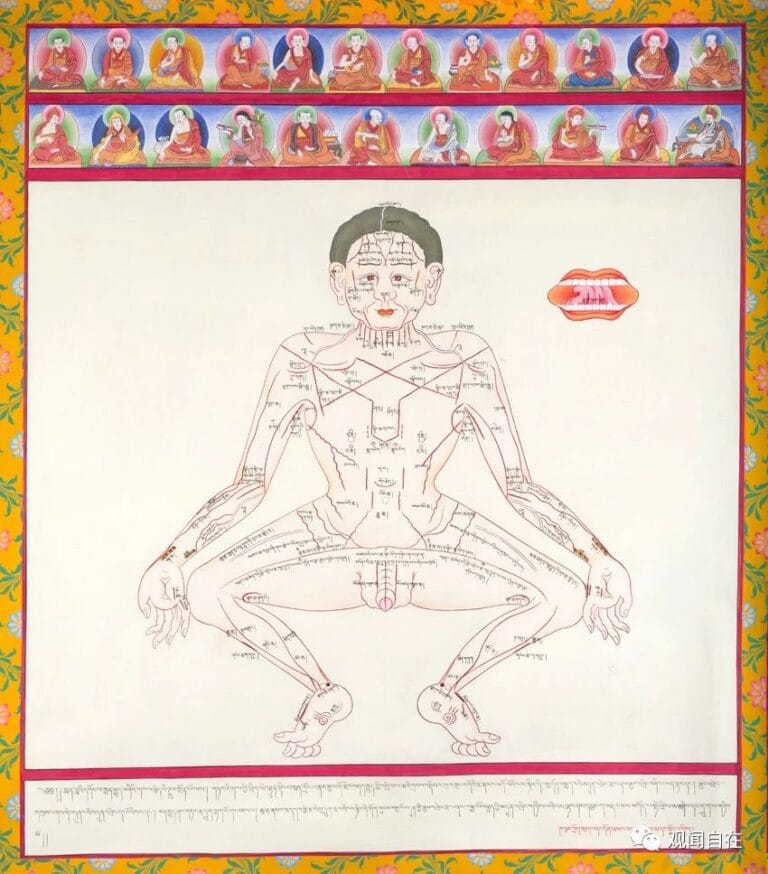第一图:药王及药王城-768x878.jpg)
Picture 1: Medicine King and Medicine King City
The Four Medical Classics is an authoritative reference book on Tibetan medicine that integrates the essence of Tibetan medicine practice and theory. It is known as the encyclopedia of Tibetan medicine and is the most systematic, complete and fundamental theoretical system in Tibetan medicine. The Four Medical Classics, also known as the Four Sequels to Medical Prescriptions, was created in the 8th century AD and was written by the famous Tibetan medical scientist Yuto Nyingma Yundan Gongbu. It consists of four volumes and 156 chapters. It was first printed on woodblocks in 1546 and distributed to various parts of Tibet. After that, many different versions of woodcuts and annotations appeared, making it the most classic masterpiece in the field of Tibetan medicine. The founder of Tibetan medicine, Yutuo Yundan Gongbu (708-833), collected the essence of ancient Tibetan medicine, absorbed the essence of medicine from all over the world, and compiled





